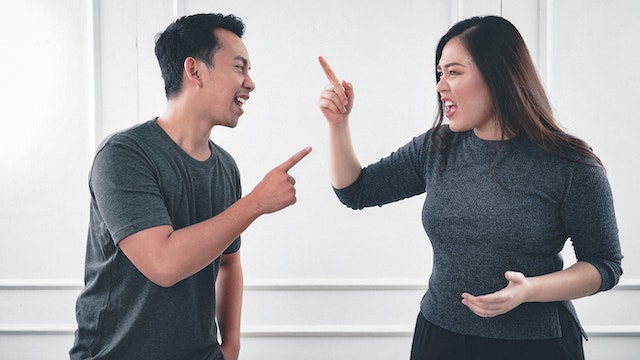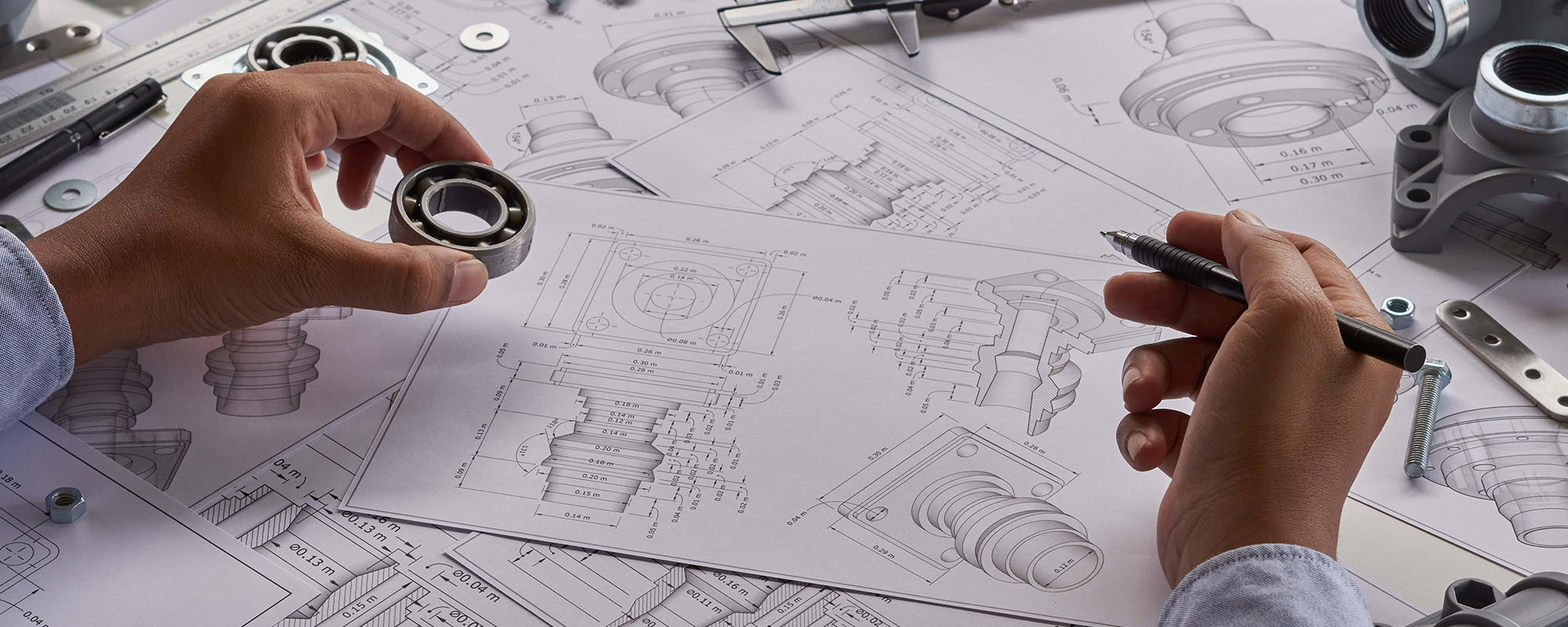For years, Burns Patent Law has provided innovators across the state of California with skillful and effective legal services. If you’re an inventor looking to protect your valuable intellectual property, contact a seasoned Orange County, California patent lawyer from our firm today.
Patent Lawyer | Representing Inventors in California
We believe that a patent is more than a legal document; it is a culmination of your hard work and dedication to creating something new and unique that can potentially benefit the lives of others. That said, going through the patent process isn’t always straightforward, so it’s imperative that you retain the services of a competent California intellectual property lawyer who can guide you, every step of the way.
Types of Patents
Utility patents, the most common type, are granted for new inventions or functional improvements of existing ones. These patents cover a wide range of inventions, from chemical compounds to manufacturing processes. Significantly, utility patents offer protection for up to twenty years, ensuring long-term exclusivity for inventors. However, to qualify for a utility patent, an invention must be novel, non-obvious, and useful.
Design patents, conversely, protect the unique appearance or aesthetic features of a manufactured item. They focus not on function but on form. A design patent’s duration is shorter than that of a utility patent, lasting only fifteen years from the date of grant. This type of patent is pivotal for industries where design is a key differentiator, such as consumer electronics or fashion.
Plant patents are perhaps the least known but equally important, particularly in agriculture. They protect new, distinct, and asexually reproduced plant varieties. Plant patents encourage botanical innovation and the development of new plant species, offering protection for twenty years. California’s diverse agricultural sector often utilizes these patents to safeguard new varieties of fruits, nuts, and ornamental plants.
Patents We’ve Prosecuted
Over the years, Burns Patent Law has successfully prosecuted a wide range of patents, including the following:
- Automotive Patents: Burns Patent Law has a rich history in automotive innovation. We’ve secured patents for cutting-edge engine designs, revolutionary safety mechanisms, and eco-friendly fuel systems. Our knowledge extends to autonomous vehicle technology and hybrid powertrains, showcasing our commitment to future mobility solutions.
- Medical Device Patents: Our firm has been instrumental in advancing healthcare through medical device patents. We’ve protected inventions ranging from minimally invasive surgical tools to advanced diagnostic machines. Notably, our portfolio includes patents for wearable health monitors and groundbreaking prosthetic technologies, reflecting our dedication to enhancing patient care.
- Multitool Patents: At Burns Patent Law, multitool patents stand as a testament to our versatility. We’ve successfully patented innovative tools combining functionality and compact design. Our work includes patents for survival gear, camping equipment, and utility tools, each uniquely tailored to meet diverse user needs.
- Sporting Goods Patents: We’ve championed innovation in the sports sector by securing patents for a variety of sporting goods. Our accomplishments include patents for high-performance athletic wear, cutting-edge sports equipment, and technology-enhanced training aids. Our contributions have consistently elevated the athletic experience for both amateurs and professionals.
- Jewelry Design Patents: Our skill in the finer arts is evident in our jewelry design patents. Burns Patent Law has protected unique and intricate jewelry designs, ranging from avant-garde pieces to timeless classics. Our work encompasses various materials and techniques, ensuring each piece’s originality and market exclusivity.
- Handbag Design Patents: In the realm of fashion, we have carved a niche with our handbag design patents. Our portfolio includes patents for innovative handbag structures, novel materials, and unique closure mechanisms. Burns Patent Law has been pivotal in safeguarding the creativity and individuality of designers in this competitive market.
Qualifying for a Patent
The U.S. Patent and Trademark Office (USPTO) sets forth clear guidelines for what can be patented. Firstly, the invention must fall within a patentable category as defined by the USPTO. These categories encompass processes, machines, articles of manufacture, and compositions of matter. Importantly, abstract ideas, natural phenomena, and laws of nature are excluded from patentability.
A paramount criterion is novelty; the invention must be new. For an invention to be considered novel, it must not be known or used by others in the U.S., and not patented or described in printed publications in the U.S. or foreign countries, before the invention thereof by the applicant for a patent. This underscores the importance of confidentiality prior to filing a patent application.
Non-obviousness is another critical requirement. This criterion ensures that the invention is not an obvious improvement of existing products or methods to a person skilled in the relevant field. Articulating how your invention distinguishes itself from prior art is essential in meeting this criterion.
Utility is the fundamental essence of any patentable invention. It must be useful, meaning it has a specific, substantial, and credible utility. This utility must be more than theoretical; it should offer a tangible solution or benefit.
Additionally, the invention must be described in a manner sufficiently clear and complete for it to be carried out by a person skilled in the art. This requirement, known as the enablement requirement, ensures that the patent literature adds to the collective knowledge in the field.
The Patent Process
Patenting your unique invention is an in-depth process. A brief overview of this process, however, is as follows:
- Identification of the Invention: Initially, one must clearly define the invention. This involves articulating its unique aspects and potential utility, distinguishing it from existing inventions. Properly identifying your invention sets the foundation for the subsequent steps.
- Patentability Research: Next, a thorough investigation is conducted to ascertain if the invention is indeed patentable. This research encompasses a detailed examination of existing patents and published materials. Consequently, this step mitigates the risk of infringing on existing patents and confirms the novelty of your invention.
- Drafting the Patent Application: Upon confirming patentability, the drafting phase commences. Here, the application is prepared with meticulous detail, including claims defining the invention’s scope. Professional assistance from a patent attorney is invaluable in this phase, ensuring compliance with legal requirements.
- Filing the Application with the USPTO: The completed application is then filed with the United States Patent and Trademark Office (USPTO). Filing in California requires adherence to both federal guidelines and specific regional considerations. Timeliness and accuracy are paramount in this step.
- Examination by the USPTO: After filing, the USPTO conducts a comprehensive examination of the application. This process can involve several rounds of scrutiny and correspondence. Patience and persistence are key, as this stage can be lengthy and complex.
- Responding to the USPTO’s Actions: Responses to the USPTO’s actions often require amendments to the application or arguments to overcome objections. Legal acumen is crucial here to navigate through these challenges effectively. Each response crafted must be precise and strategic.
- Issuance of the Patent: Upon successful navigation of the examination process, the patent is granted. This marks a significant milestone, conferring exclusive rights to the inventor. However, the journey does not end here.
- Maintenance of the Patent: Post-issuance, maintaining the patent becomes essential. This involves paying maintenance fees and monitoring for potential infringements. Vigilance in this phase ensures the continued protection of your intellectual property.
- Enforcement of Patent Rights: In cases of infringement, legal action might become necessary. An experienced Orange County patent lawyer can guide you through the complexities of enforcing your patent rights. Enforcement is critical to safeguarding your invention against unauthorized use.
More Information About the Patentability Search
A patentability search stands as a crucial preliminary step for inventors and businesses. This investigative process aims to determine whether an invention is eligible for a patent, considering existing patents and public disclosures. It delves deep into patent databases, technical journals, and other relevant sources, revealing prior art that could influence patentability. An overview of the process is as follows:
- Defining the Invention: Initially, the patent lawyer or patent agent collaborates with the inventor to precisely define the invention’s scope and technical specifics.
- Developing a Search Strategy: This involves choosing appropriate keywords, classifications, and databases tailored to the invention’s nature.
- Conducting the Search: Utilizing various databases, the professional meticulously searches for prior art, including existing patents and published materials.
- Analyzing the Results: Each found document is examined to assess its relevance to the invention’s patentability.
- Documenting Findings: A detailed report is prepared, summarizing the search results and their implications for the patent application.
- Strategic Planning: Based on the findings, the attorney advises on the best course of action, be it proceeding with the application, modifying the invention, or abandoning the pursuit.
Contact a Patent Lawyer Today
Don’t go through the patent process on your own. Burns Patent Law has years of experience representing innovators throughout the state of California, and we’re prepared to put that experience to work for you as well. We proudly represent clients throughout California, including Orange County, San Diego County, San Bernardino County, Riverside County, and Los Angeles County. Contact a skilled California patent lawyer from our firm today so we can get started working on your case.

